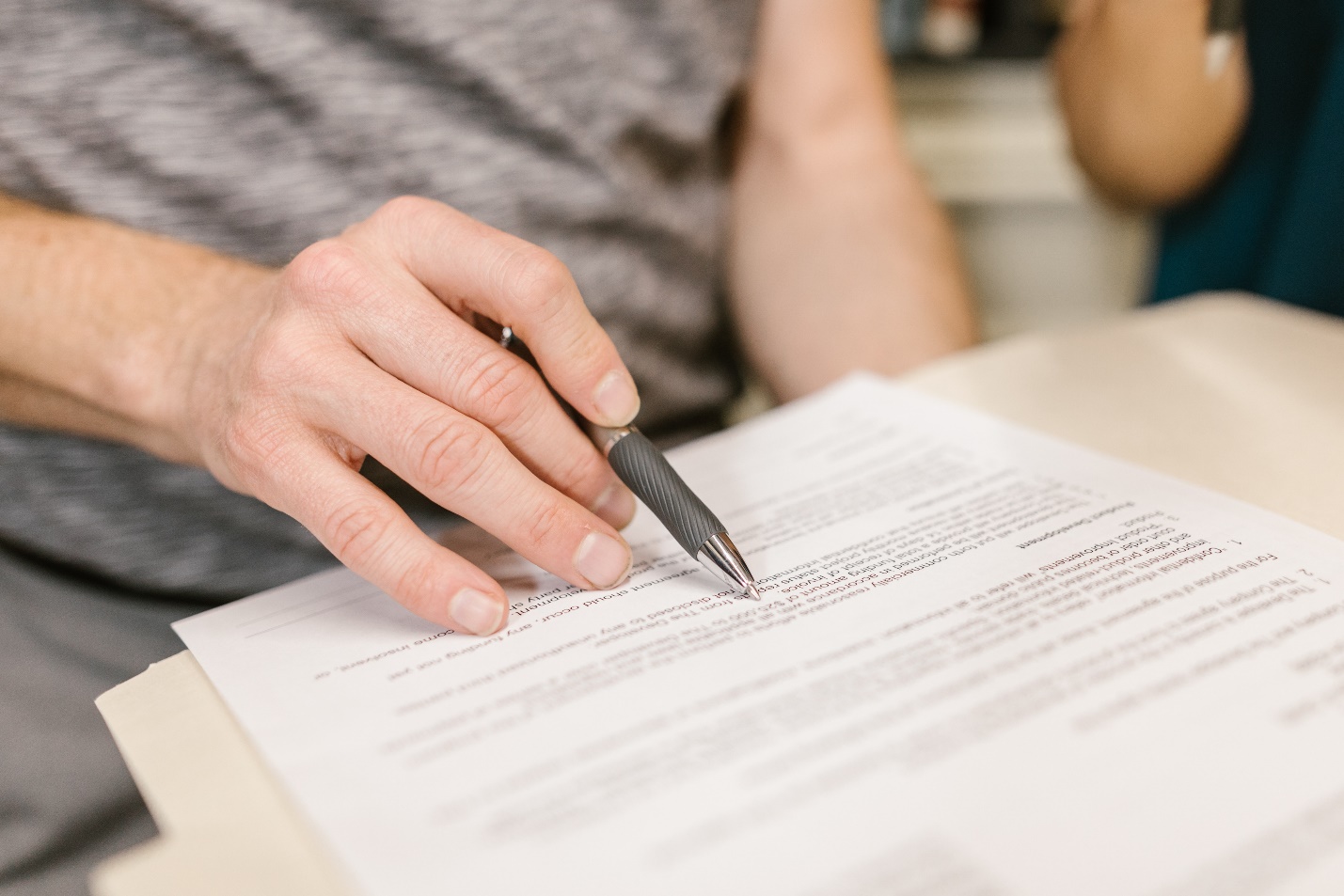Leasing is a practice that dates back more than a hundred years. By dictionary, a lease is a contract between two parties whereby the payments of an asset are made over a specific time and in monthly payments.

Today, leasing is one of the biggest markets globally, with a projected growth rate of 9.7% over the period between 2023-2027. Still, despite the size of the market, there are people who remain relatively unaware about what leasing entails.
For most of the population, leasing is about affordability as it offers the option to pay small periodic payments instead of a bulky sum at once. However, for a beginner, there are numerous details and intricacies to be aware of. These details, which make up a leasing contract, determine the relationship that a consumer and the leasing organization will share over a set period of time. Things can go sour when you ignore these fundamentals.
Here’s everything you need to know about leasing as a beginner:
An introduction to leasing
When you hear the term “lease,” most people think about a vehicle. The leasing market is much bigger than that. It encompasses property, equipment, vehicles, and a number of other assets that businesses or consumers use to facilitate their lives as well as operations. Through support from banks, leasing organizations, intermediaries, and tools like lease administration software, organizations and individuals around the world rely on leasing to expand and sustain their operational capacities.
Fundamentally, a lease is a legal contract between two parties that enlists the terms and conditions of a purchase where payments are made part-by-part over time. Leasing contracts are made for residential or commercial properties, home or office equipment, vehicles, and more.
Not every lease is the same, but the basics and some key features remain common irrespective of the asset that is trading hands. Technically, the seller is the owner, and the purchaser is a tenant who needs to sign a contract before taking custody of the asset in question.
How to understand leasing
The basics of a lease differ depending on the asset under trade. A lessee is simply renting the asset they are paying for, which means that at the end of the day, it remains the lessor’s property. Therefore, a lease agreement is more or less a rental. As a result, the terms and conditions of the contract can vary. For instance, when it comes to equipment, you make monthly payments to the original owner of the machinery over a specified period of time.
It is a similar case with property. The piece of land, residential or commercial space, and its right of possession go to the lessee. They are legally allowed by the owner to use the asset as they deem fit. However, depending on the particular terms, major changes or renovations to the property require the owner’s permission.
Moreover, only the lessee has permission to use the property or equipment. Utilization of the asset by a third-party can violate the agreement, leading to legal repercussions.
Leasing jargons
For beginners, many terms can feel alien. These jargons are essential to know before signing a lease as they form the basis of it. Here are some of the most common terms that are essential for you to understand:
- Lease term: Lease agreements have a set period mutually agreed on by both parties. This is known as the lease term. The lease term can vary from a few months to several years, depending on the type of asset.
- Money factor: Every lease agreement has an interest rate on monthly payments. This is part of the periodic fees that a lessee pay to the lessor. This interest rate can differ from one lease provider to the other.
- Residual value: This term refers to the market value or the price that an asset will be worth at the time when the lease period ends.
- Acquisition fee: The fee that a bank or financial institution charges for undersigning the lease is known as the acquisition fee. The person receiving the right of possession usually needs to pay this charge as well.
Leasing vs. purchase: advantages and disadvantages
For most businesses and individuals, the biggest debate is between whether to lease or buy. Each has its own merits and drawbacks. Varying from one entity to the other, the scales can be tipped in favor of either purchase or lease. Here’s how the two prospects compare:
Purchase
Paying the entire amount for an asset upfront is a purchase. It enables a person or business to have no outstanding liabilities along with the ownership of the asset. There are no contracts with specific terms and conditions attached. This means you can use the property, equipment, or vehicle as you deem fit without having to answer to someone.
There are some significant benefits that come with buying an asset. For long-term ownership and use, it is ideal as the organization or person doesn’t need to make any additional monthly payments. This saves significant costs. Also, you don’t need to worry about answering to someone else about any damages, wear and tear, or other mishaps.
However, purchasing requires a massive capital investment. Not every business or individual has such a significant amount in hand. Additionally, businesses that want to run a short-term operation don’t always need to spend so much money purchasing a property or equipment as it is not a sound investment.
Lease
Leasing is a viable option for acquiring certain assets on a temporary basis. Rather than buying and selling, where depreciation and other expenses can cut selling prices, companies can lease property or equipment to support their operations. This saves substantial costs, allowing the same money to be free for reinvestment elsewhere. This article offers a comprehensive guide on why a lease is a better option than a purchase.
One of the only major drawbacks with leasing is that the lessee doesn’t own the property or equipment. They need to return the asset once the contractual period ends. This also means they might need to pay extra for some wear and tear or other damages to the asset.
Conclusion
Leasing is an option that exists in the trade market today for renting property, equipment, vehicles, or other assets. A lease agreement passes the right of possession from one person to another. In return, a monthly payment must be made over a set period. If you are new and want to explore a leasing option, it is best to research and read about the basics beforehand.

Founder Dinis Guarda
IntelligentHQ Your New Business Network.
IntelligentHQ is a Business network and an expert source for finance, capital markets and intelligence for thousands of global business professionals, startups, and companies.
We exist at the point of intersection between technology, social media, finance and innovation.
IntelligentHQ leverages innovation and scale of social digital technology, analytics, news, and distribution to create an unparalleled, full digital medium and social business networks spectrum.
IntelligentHQ is working hard, to become a trusted, and indispensable source of business news and analytics, within financial services and its associated supply chains and ecosystems





























